12 Must-Know Tips for Buying a Strong, Healthy Tree
Buying a healthy tree starts with knowing what to look for before you make a purchase. You want to find a tree that has strong roots, healthy leaves, and a sturdy trunk. It is important to inspect the tree’s overall condition carefully. Taking the time to check for signs of disease or damage can save you from future problems. Let’s dive into the essential tips for picking the perfect tree.
This post may contain affiliate links, which helps keep this content free. Please read our disclosure for more info.
Inspect the Root System
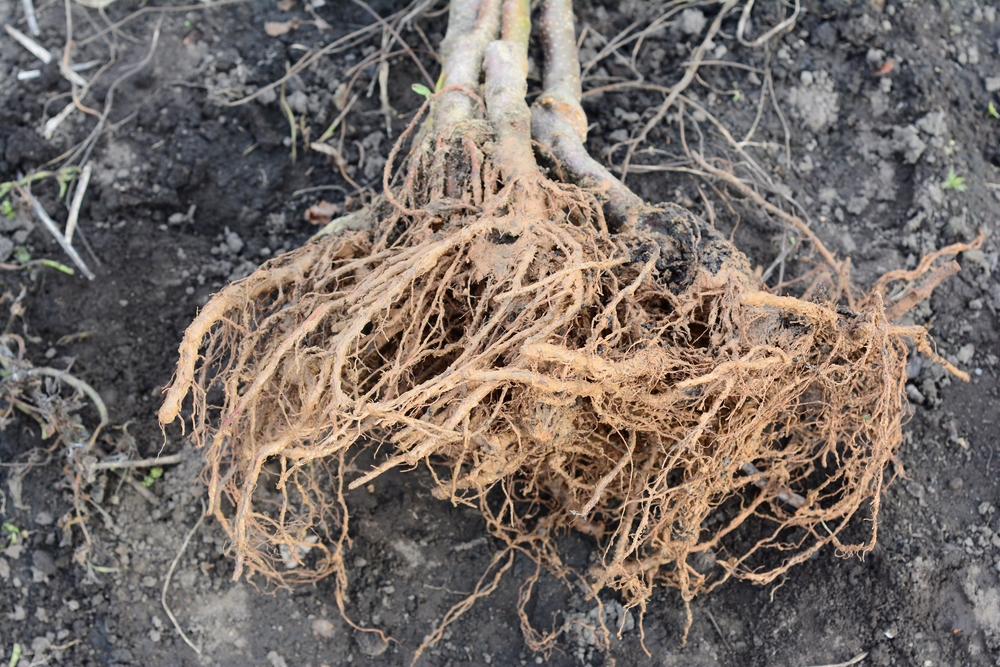
A tree’s root system is vital for its overall health. Healthy roots are strong, firm, and free from damage or rot. When buying a tree, gently remove it from its container and check for roots that are circling or overcrowded. If the roots are tangled or compacted, it can be difficult for the tree to establish itself once planted, which can lead to poor growth.
Healthy roots should spread out evenly and not be too tightly packed. The roots should look white or light in color, indicating they are active and healthy. Avoid buying trees with roots that appear brown or mushy, as this could be a sign of root rot. Properly inspected roots are one of the best ways to ensure your tree will grow strong and flourish in your yard.
Look for Vibrant, Undamaged Leaves
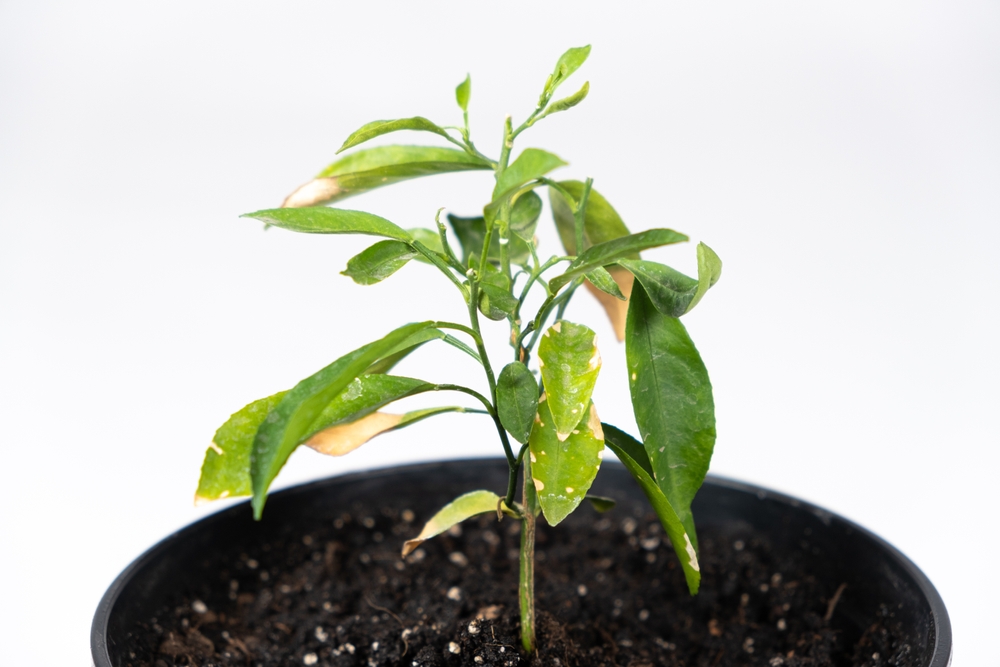
The leaves of a tree can tell you a lot about its health. They should be bright, green, and free of spots, discoloration, or signs of pests. Avoid trees with yellowing, wilting, or brittle leaves, as these could indicate stress, disease, or improper care. Healthy leaves are a good sign that the tree is thriving and has received proper nutrients and care.
Inspect the leaves for any pests or holes, which could be an indication of an ongoing issue. It is also important to ensure the leaves are the correct size and shape for the tree species. If the leaves look deformed or sparse, it could be a sign that the tree is not in optimal health. Focusing on leaf health can help you avoid trees that may struggle after being planted.
Examine the Trunk for Damage
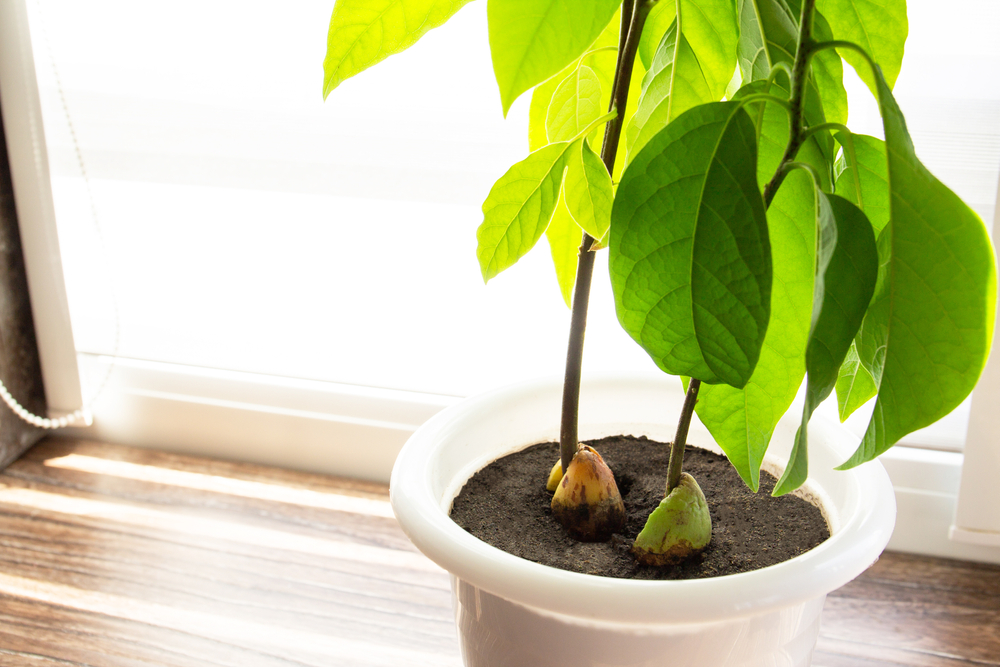
The trunk of the tree is its central support and can reveal a lot about its overall health. Look for any cracks, wounds, or signs of disease such as fungal growth. A healthy trunk should be smooth and free from damage, with no exposed wood or oozing sap. These issues can hinder the tree’s ability to transport nutrients and water.
A trunk that is too thin for its height may also indicate poor growth. Be sure to inspect for any physical damage, such as large scratches or scarring, which could have been caused during transport or improper care. A sturdy, healthy trunk is essential for the long-term survival of the tree. Pay attention to the condition of the trunk to ensure you are purchasing a tree that will thrive.
Check for Pests and Insects
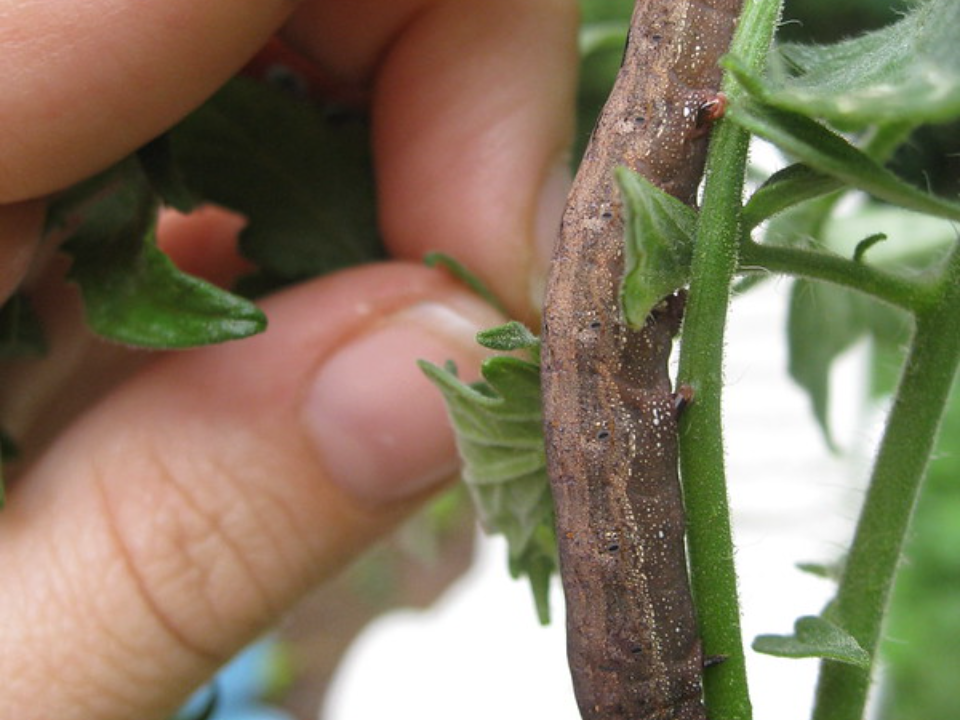
Pests and insects can quickly harm a tree, especially when it is young. Look for any visible insects, webs, or holes in the bark, which could be signs of an infestation. Examine the tree closely, as some pests are small and difficult to spot. If you find evidence of pests, avoid purchasing the tree or make sure it has been treated before bringing it home.
Some pests can damage the tree’s leaves, branches, or roots, which may stunt growth or even cause death. Ensure the tree’s foliage is free from tiny, discolored patches or sticky residue that pests often leave behind. By checking for pests and insects early, you can prevent introducing potential problems to your garden. This simple inspection can save you time and effort in the long run.
Consider the Tree’s Age
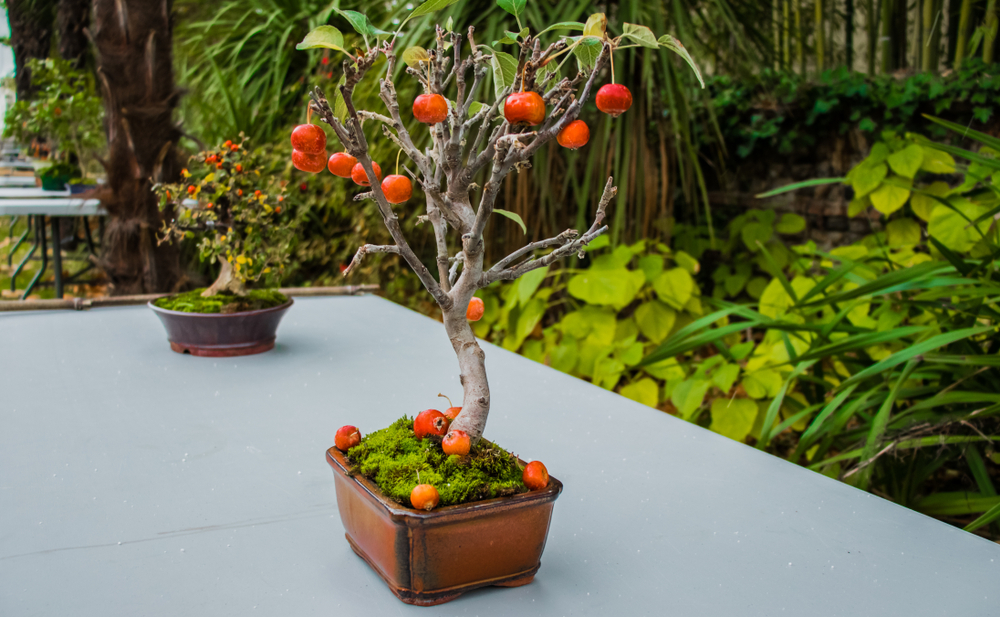
The age of a tree can impact how well it adapts to its new environment. Younger trees typically establish faster and adjust better, while older trees may face more challenges. When buying a tree, consider how well it will acclimate to your planting site. Younger trees are often a better choice for easier care and faster growth, while older trees may need extra attention.
Older trees can sometimes struggle after transplanting, particularly if they have been in a nursery container for a long time. Trees that are too mature may have roots that are more difficult to manage. Be sure to consider the age of the tree and your level of experience with planting and caring for trees. A balanced approach will help you choose the right tree for your needs.
Assess the Soil Condition
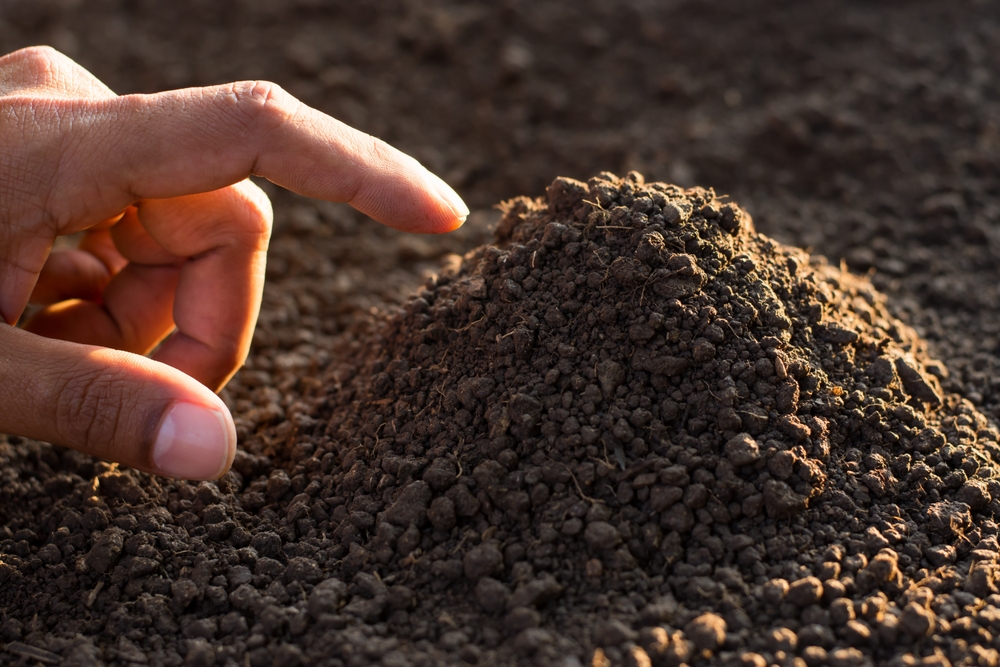
Healthy soil is critical for a tree’s growth, as it provides the necessary nutrients and support. When purchasing a tree, consider the type of soil it has been grown in. Ideally, the soil should be loose, well-draining, and rich in organic matter. If the soil seems compacted or too wet, it may indicate poor care or drainage problems.
Soil quality can affect how well the tree establishes its roots after being planted. Trees grown in poorly aerated or overly dense soil may have difficulty adapting to a new environment. It is important to check the soil for signs of disease, rot, or pests that could affect the tree’s future health. Healthy, well-draining soil will give the tree the best chance for long-term success.
Check for Even Growth
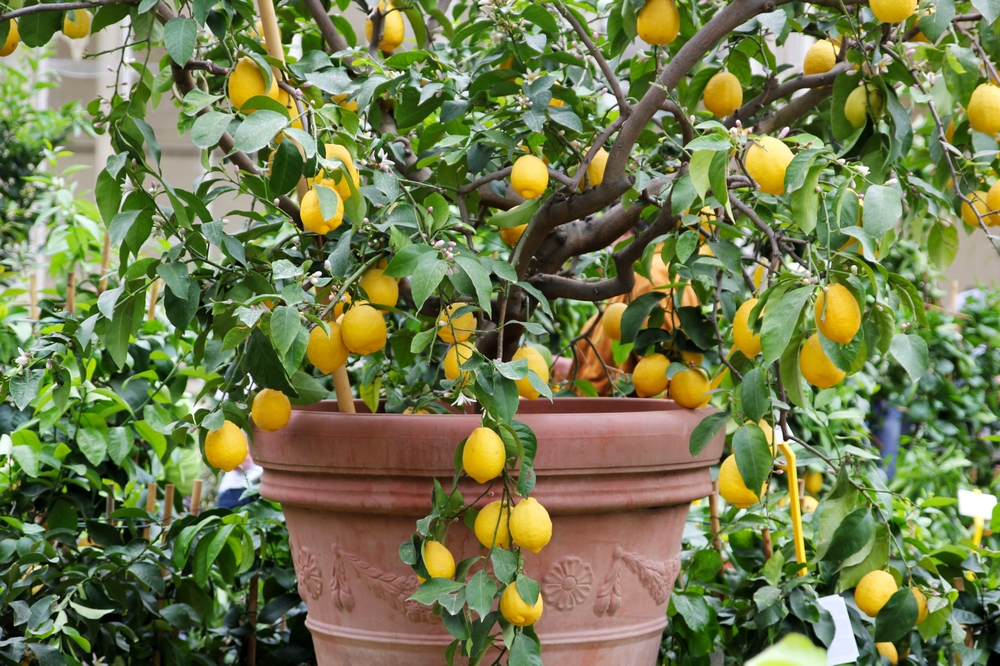
A tree should grow evenly, with balanced branches and foliage. Uneven growth can indicate problems such as poor light exposure, improper pruning, or disease. When buying a tree, check that the branches are spaced well and that the canopy is full and even. A tree with irregular growth may face challenges in the future, leading to unhealthy development.
Ensure that the branches are not too crowded or leaning to one side, which could affect the tree’s stability. Even growth means that the tree has been well-cared-for, receiving the proper amount of light, water, and nutrients. An uneven tree can result in imbalanced foliage or difficulty supporting itself once planted. Pay attention to how the tree grows to make sure it will thrive in your space.
Investigate the Nursery’s Reputation

Where you purchase a tree matters as much as the tree itself. Look for a nursery with a good reputation for selling healthy, well-cared-for trees. Reputable nurseries often have knowledgeable staff who can answer questions and provide advice. They also typically maintain their trees in optimal conditions to ensure they are ready for planting.
A trusted nursery is likely to offer trees that have been properly tended to, with no signs of neglect. You may want to ask about the nursery’s process for caring for their trees before purchase. Researching the nursery’s reputation can save you from buying a tree that has been poorly handled or neglected. Choosing a well-regarded source will improve your chances of finding a healthy tree.
Examine the Tree’s Shape and Size
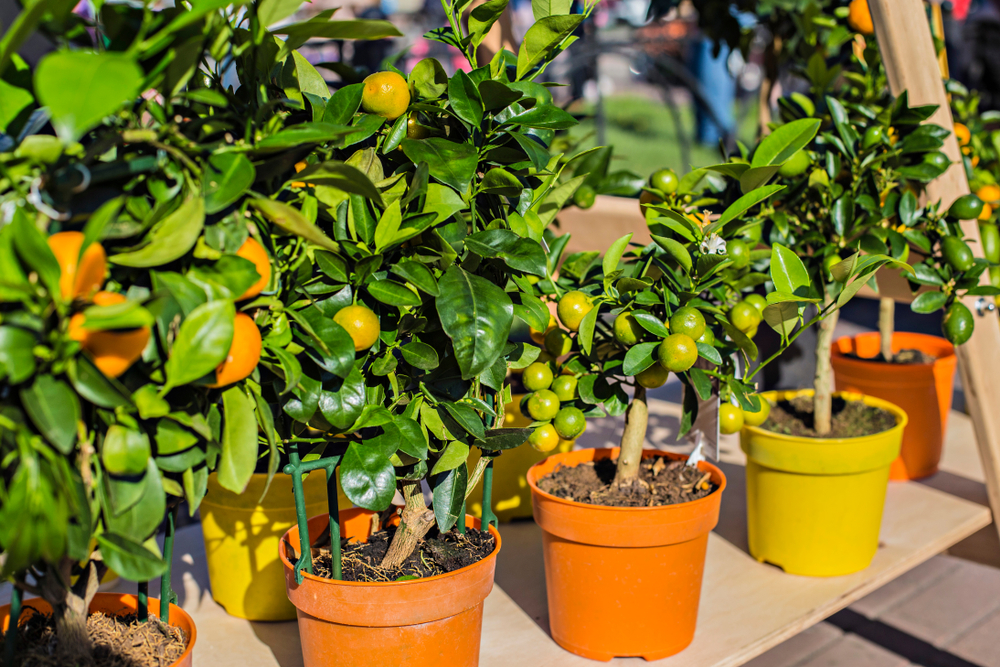
The shape and size of a tree can indicate whether it has been grown properly. Avoid trees that are misshapen, stunted, or have excessive pruning scars. These imperfections can signal issues with the tree’s health or care during its growth. A tree with a balanced shape and appropriate size for its age is more likely to thrive once planted.
A properly shaped tree will have a straight trunk and evenly spaced branches. It should be proportional in height and width, with no signs of struggling to grow. When choosing a tree, it is important to assess its overall structure to ensure it has the potential for healthy growth. This will help prevent planting a tree that may not develop as expected.
Look for Signs of Disease
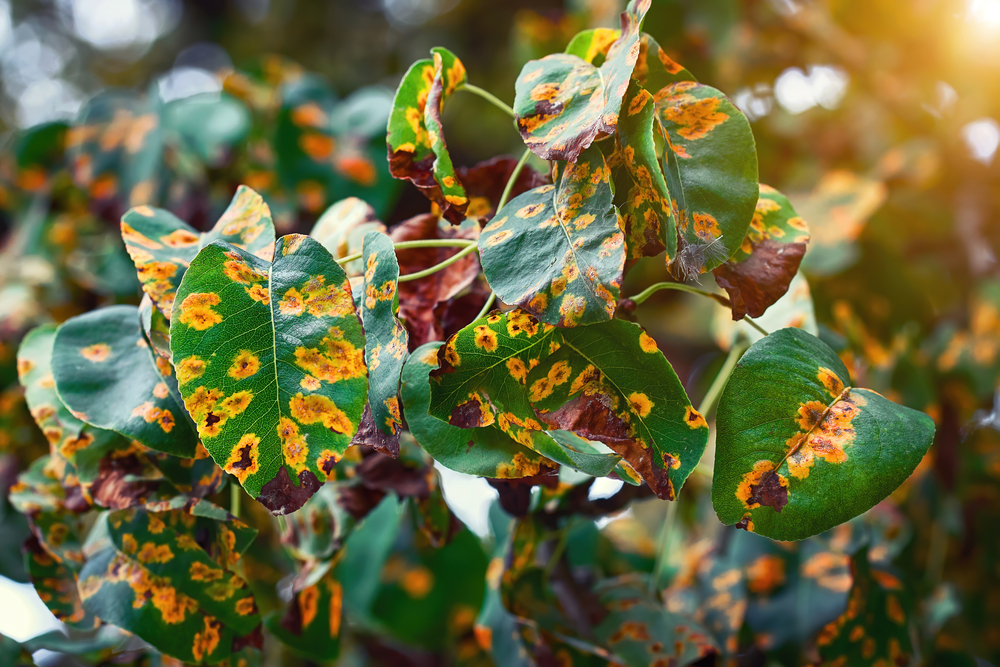
One of the most important things to check when buying a tree is whether it shows signs of disease. Symptoms of disease can include yellowing leaves, blackened spots, or a stunted appearance. These could be indicators of fungal infections or other issues that could harm the tree long-term. A diseased tree is more likely to struggle after planting, and it may infect other trees in your garden.
Be sure to inspect the tree from top to bottom, checking leaves, branches, and bark for any signs of infection. If you see any abnormalities, it is better to avoid purchasing the tree or ask the nursery for more information. Healthy trees should show no evidence of disease and should look vibrant and fresh. A careful inspection can help you choose a tree that is disease-free and ready to thrive.
Choose the Right Tree for Your Climate
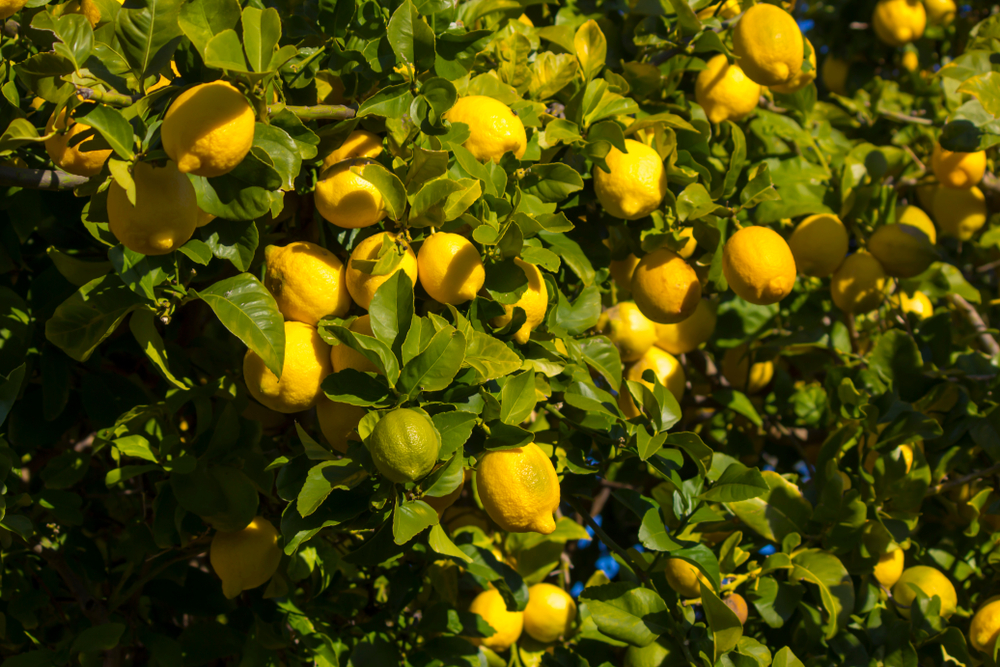
The climate in your area can have a big impact on how well a tree thrives. Some trees are better suited for specific climates, while others may struggle. Before buying a tree, research which species are well-suited for your region’s temperature, humidity, and rainfall patterns. By selecting a tree that is adapted to your local climate, you can ensure that it will grow strong and healthy.
Consider the tree’s hardiness zone and how it will fare through seasonal changes. Trees that are not suited for your climate may require extra care or struggle to survive. It is always best to choose trees that are native or have been shown to do well in your area. A tree that matches your climate is more likely to flourish and need less intervention.
Inspect the Tree’s Foliage During Different Seasons
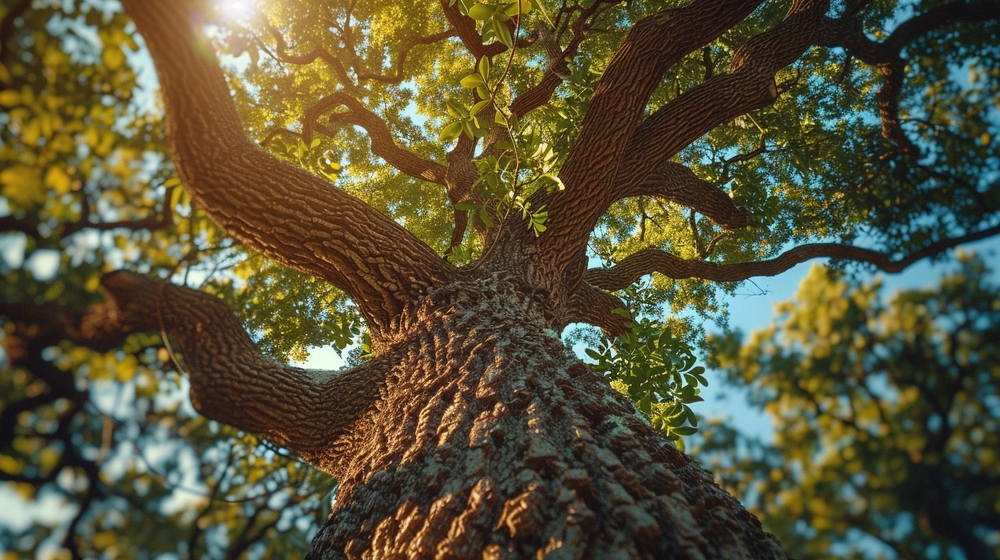
A tree’s foliage can change throughout the year, so it is important to see how it looks during different seasons. Many trees have distinct growth patterns that you may not notice during one specific time of year. During the spring and summer, the tree should show healthy, vibrant leaves. In the fall and winter, it should appear dormant, without signs of disease or damage.
By inspecting the tree across seasons, you can get a clearer picture of its overall health. A tree that looks good year-round is more likely to be a solid investment. Seasonal changes can also help you notice early signs of pests or stress. Being observant throughout the year helps ensure that your tree will thrive no matter the season.
This article originally appeared on Avocadu.
